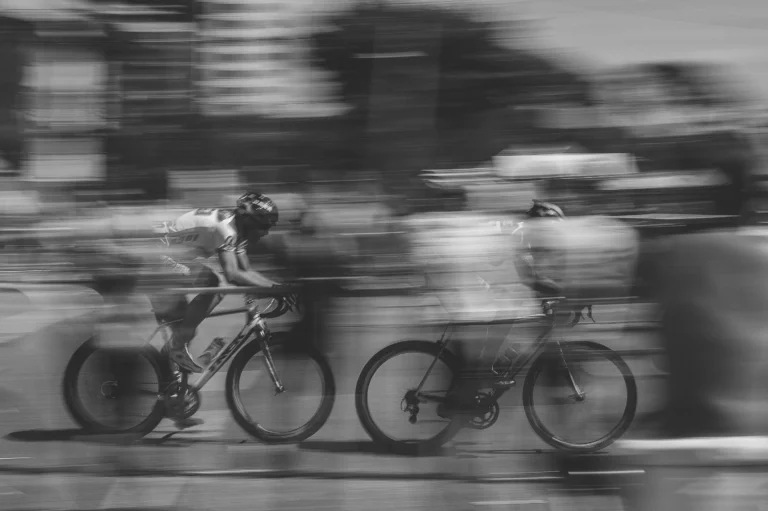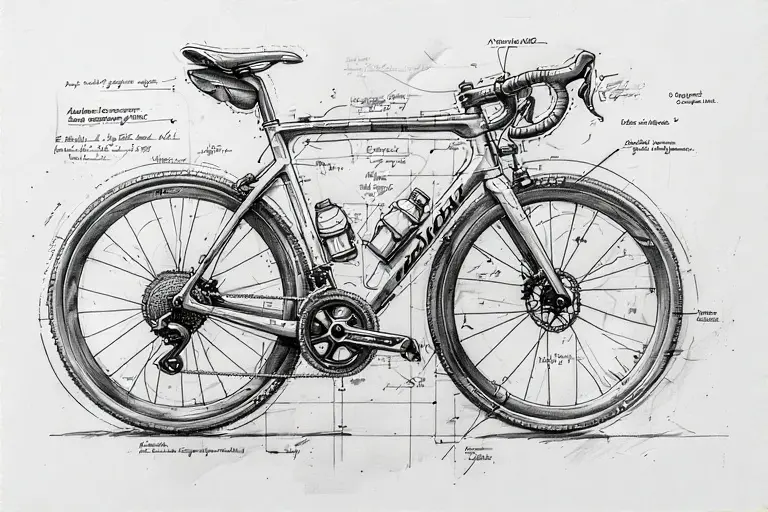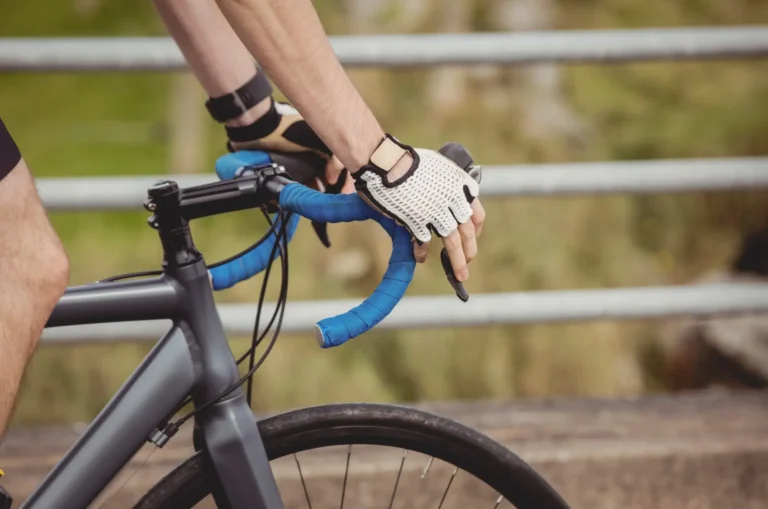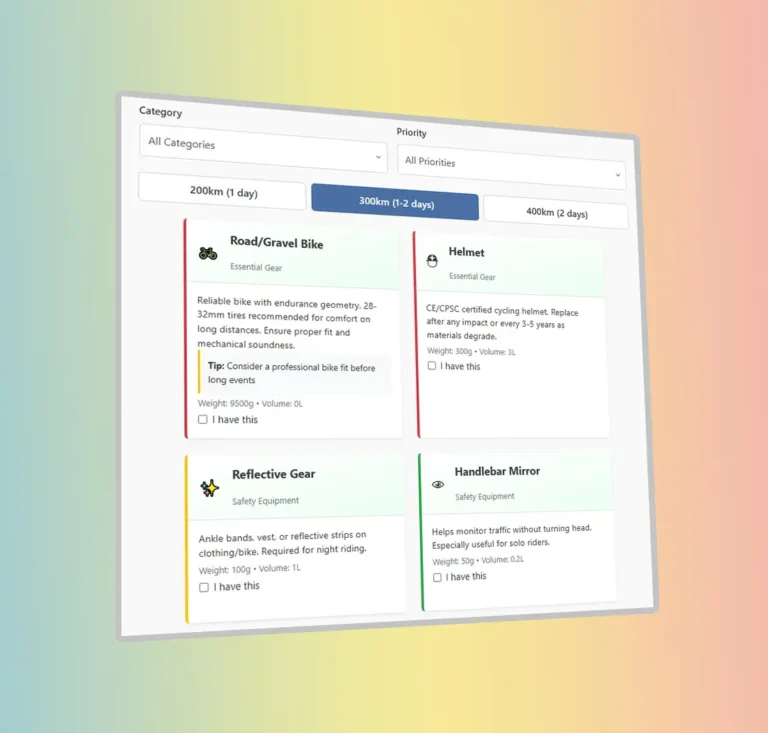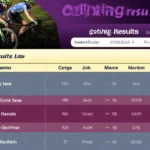7-Step Brevets Training Guide: How to Prepare for Long-Distance Cycling (200km to 1200km)

Embarking on a breve— a long-distance cycling challenge ranging from 200km to grueling 1200km—is both a physical and mental adventure. Whether you’re a seasoned randonneur or a curious newcomer, proper preparation is the key to crossing the finish line with a smile. Here’s your comprehensive training guide to conquer brevets with confidence.
1. Lay the Foundation: Build Endurance Gradually
Long-distance cycling isn’t about speed — it’s about stamina. Start by establishing a strong aerobic base with consistent, moderate-paced rides. Aim for 3-5 hour rides at a conversational pace, gradually increasing distance each week. A good rule of thumb: your longest training ride should be 60-70% of your target brevet distance.
Example: Training for a 300km brevet? Work up to a 180-200km ride beforehand.
Bonus: Incorporate back-to-back long rides (e.g., 120km Saturday + 100km Sunday) to simulate fatigue.
2. Train Smart: Mix Intensity for Efficiency
While endurance rides are crucial, adding structured intensity will make you stronger and more efficient.
• Tempo Intervals (Sweet Spot): 3-4 x 10-15 min at 85-90% FTP to boost sustainable power.
• VO2 Max Efforts: Short, hard intervals (e.g., 30 sec sprint, 30 sec rest) improve recovery on rolling terrain.
• Simulated Brevet Pace: Practice riding at your expected event speed (typically 22-28km/h) to gauge effort.
3. Master Nutrition & Hydration
Bonking (hitting the wall) is the #1 reason riders DNF. Train your gut as much as your legs:
• Carbs Are King: Aim for 60-90g of carbs per hour (via gels, bars, bananas, or liquid nutrition).
• Electrolytes Matter: Sodium prevents cramps—use tabs or sports drinks in hot conditions.
• Real Food Wins: On long rides, pack sandwiches, rice cakes, or nuts for sustainable energy.
• Pro Tip: Practice your race-day nutrition plan on training rides to avoid stomach surprises.
4. Prepare for the Dark: Night Riding Essentials
Many brevets start before dawn or extend into the night. If you’re not used to riding in darkness, it can be disorienting.
• Train at Night: Do at least 2-3 night rides to adapt.
• Light Up: Invest in a high-lumen front light (800+ lumens) and multiple rear lights for safety.
• Stay Warm: Layer up—temperatures drop when the sun sets.
5. Dial in Your Bike & Gear
Comfort is non-negotiable over hundreds of kilometers.
• Bike Fit: A professional fit prevents numbness, knee pain, and back strain.
• Tire Choice: Wider tires (28-32mm) with puncture protection add comfort and reliability.
• Bags & Storage: Test your saddlebag or frame pack for easy access to snacks and tools.
6. Recovery: The Unsung Hero of Training
Pushing hard without proper recovery leads to burnout.
• Sleep: Aim for 7-9 hours—it’s when your body repairs.
• Active Recovery: Light spins or yoga enhance circulation without strain.
• Post-Ride Refuel: A mix of protein (20-30g) and carbs (0.5g per kg of body weight) within 30 minutes aids recovery.
7. Mental Toughness: Embrace the Grind
Brevets are as much about mindset as fitness.
• Break It Down: Focus on checkpoints rather than the full distance.
• Positive Self-Talk: Remind yourself why you started when fatigue hits.
• Ride with Others: Join a randonneuring club—group rides provide motivation and pacing practice.
• Final Tip: Test Everything Before Race Day
From nutrition to lights, never use untested gear on event day. A smooth brevet is all about preparation.
Now, Go Ride Far!
Want more? Follows our posts for more tips.



